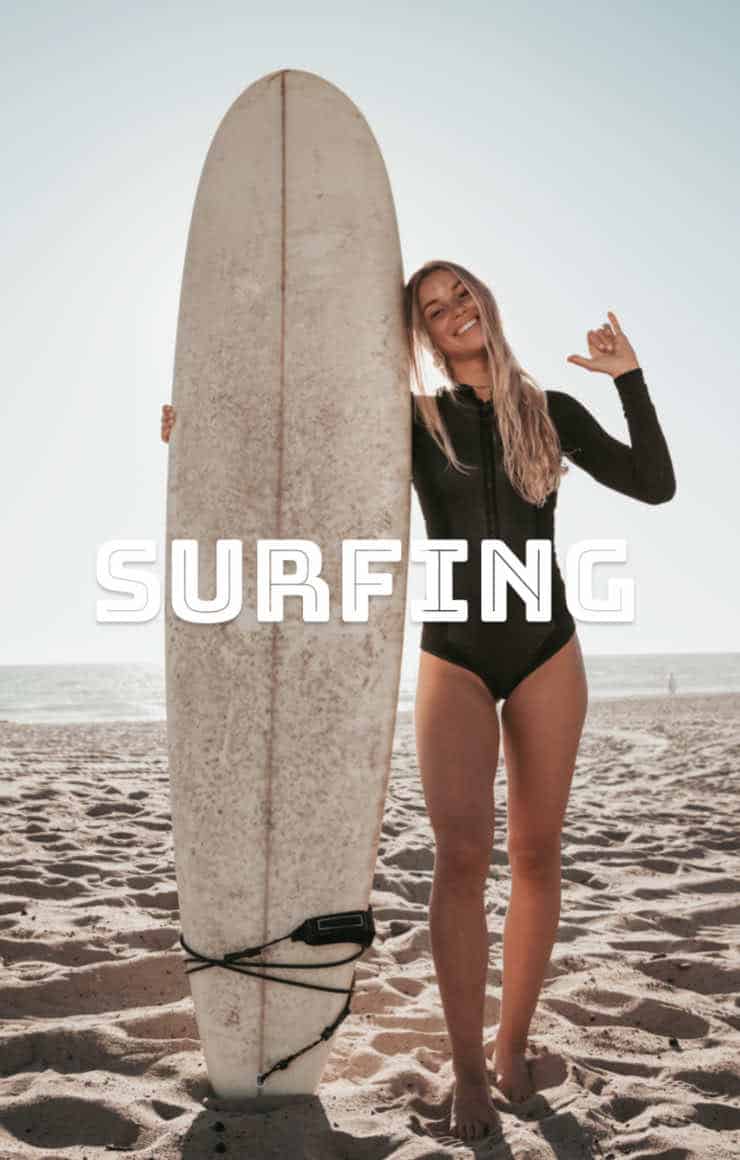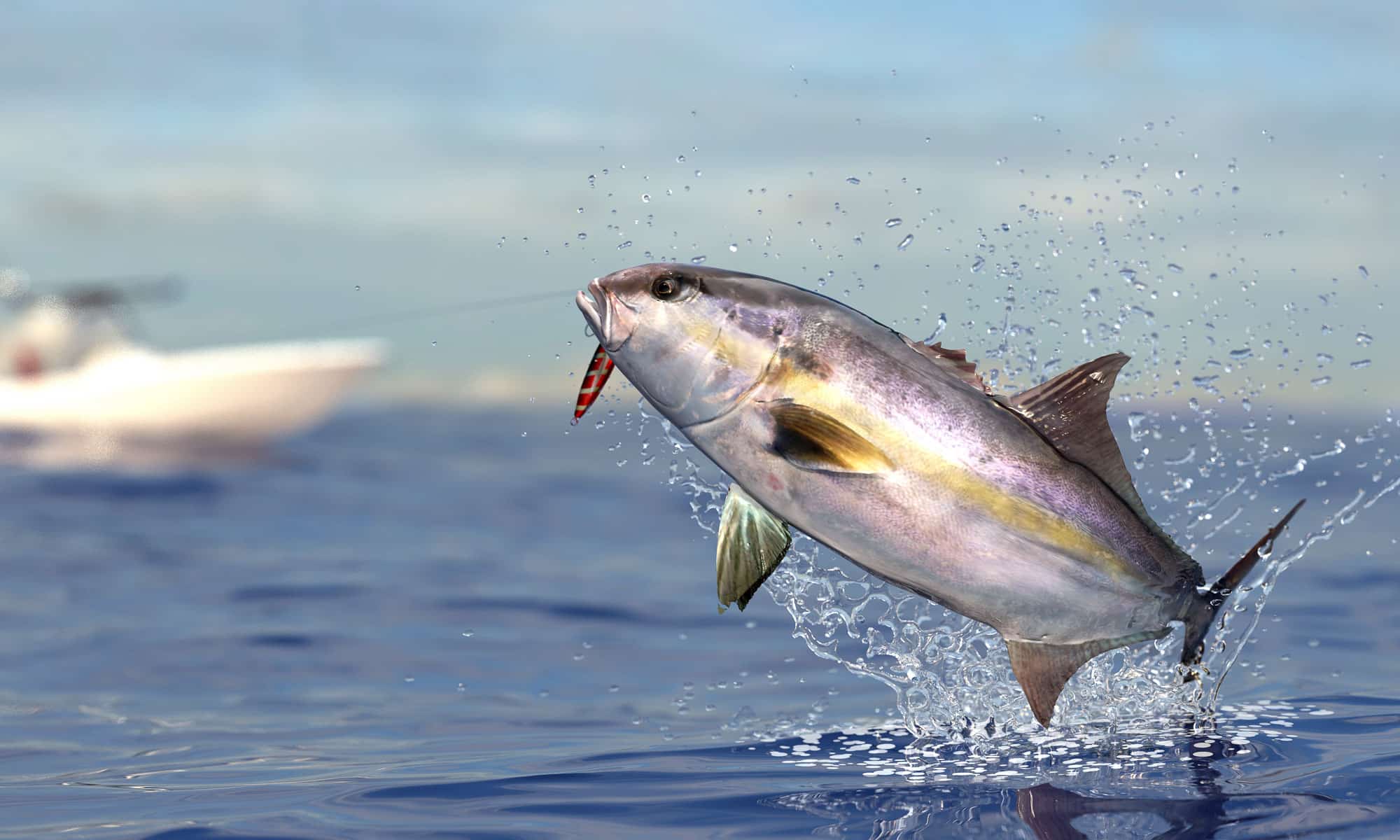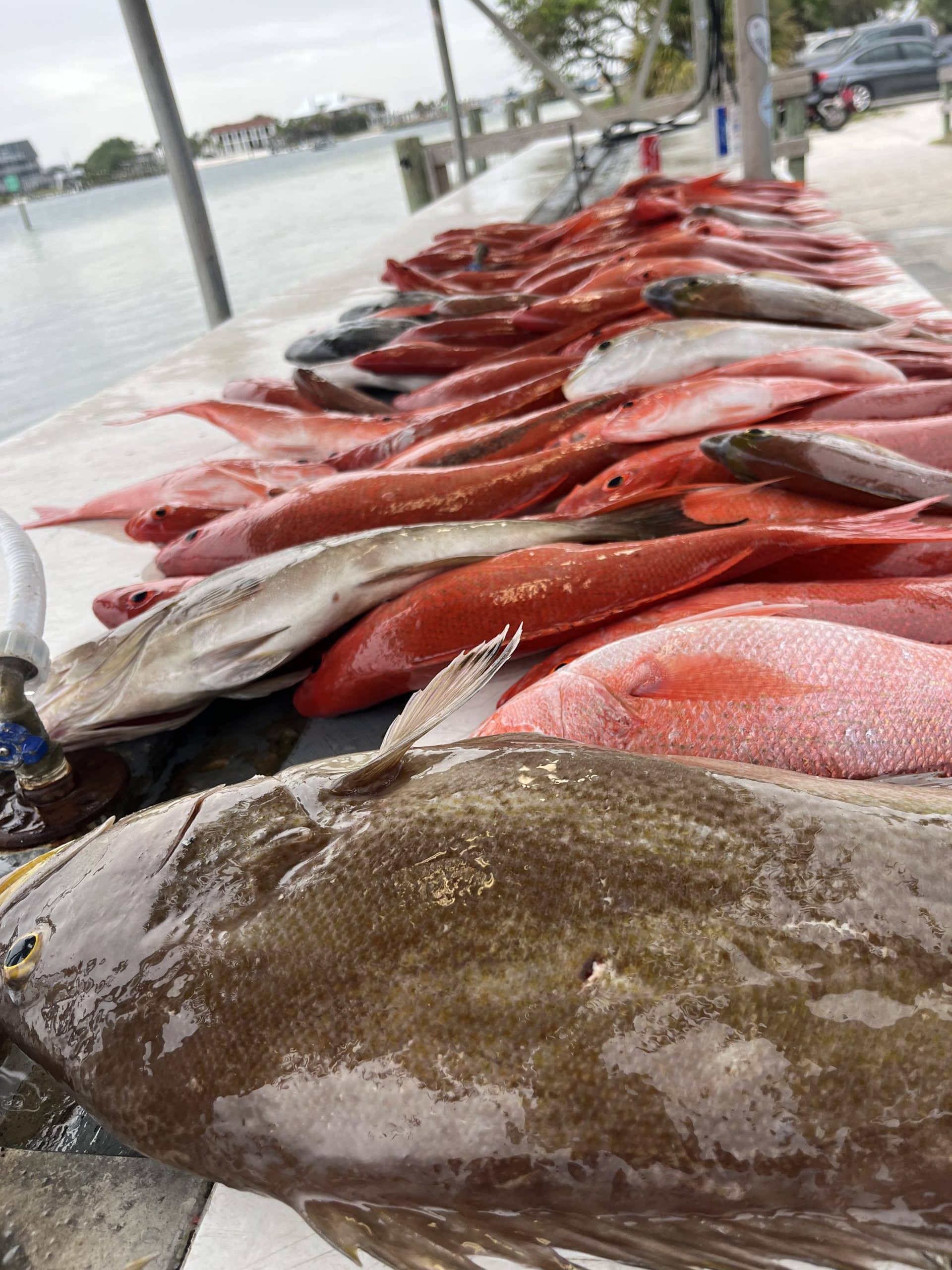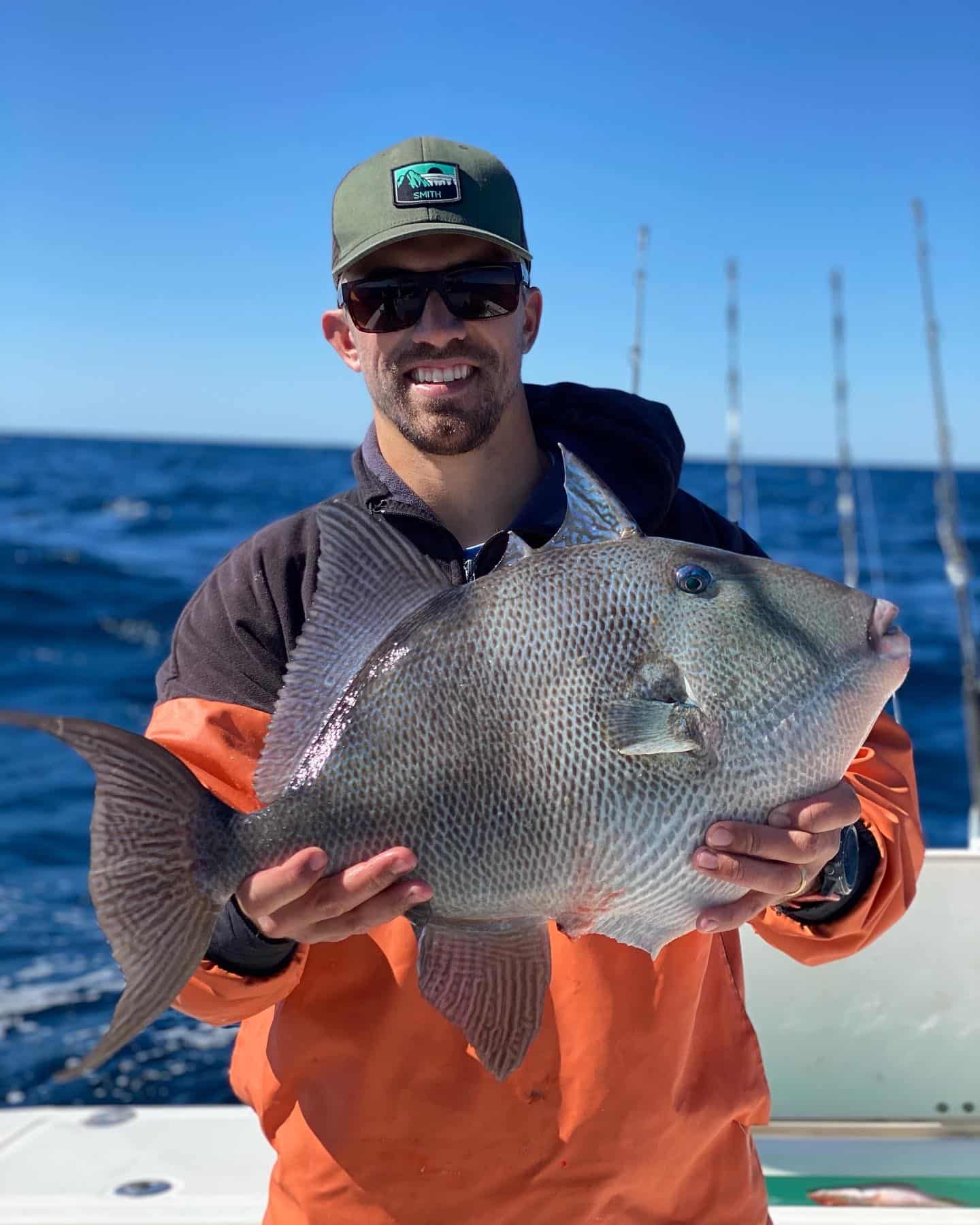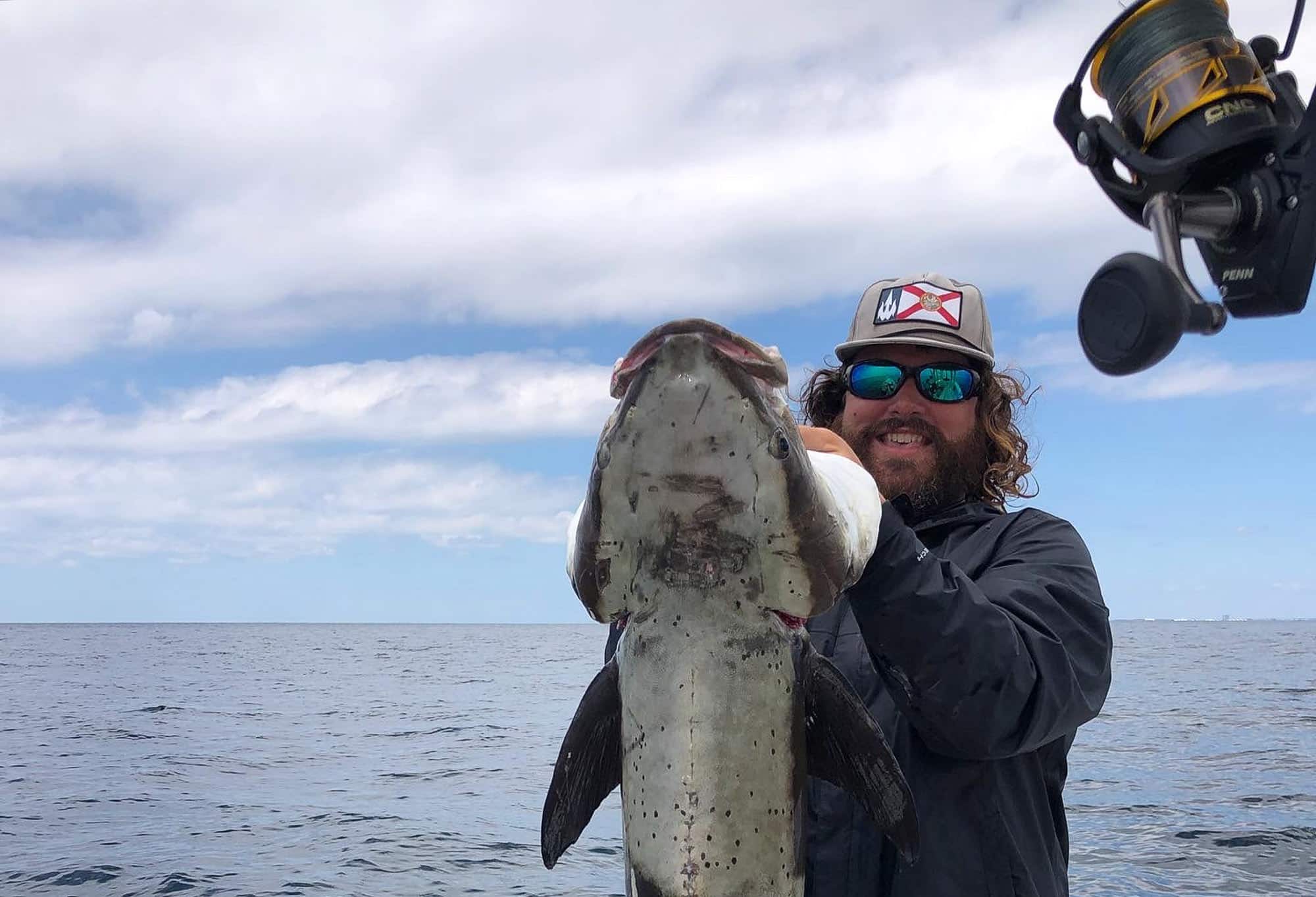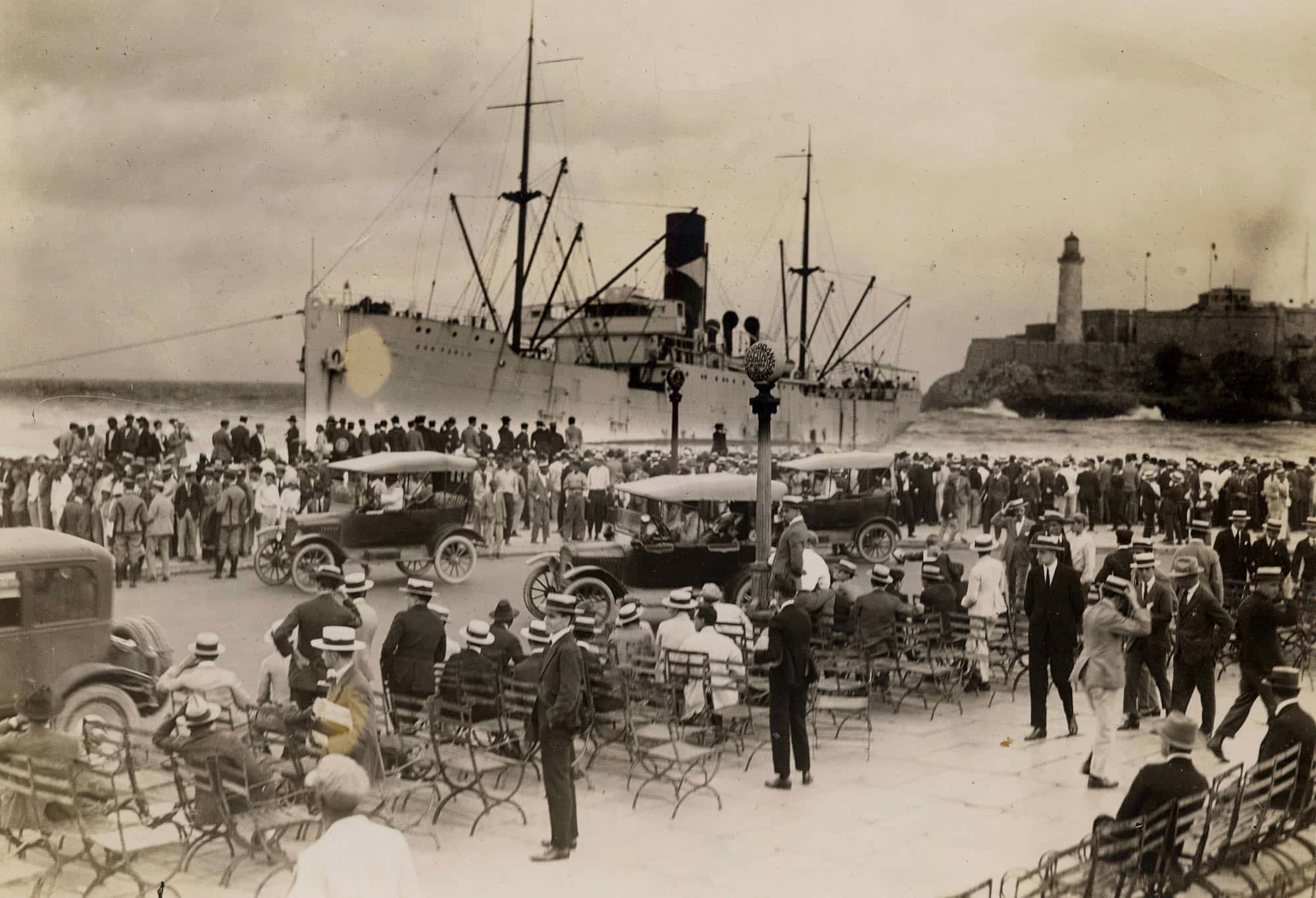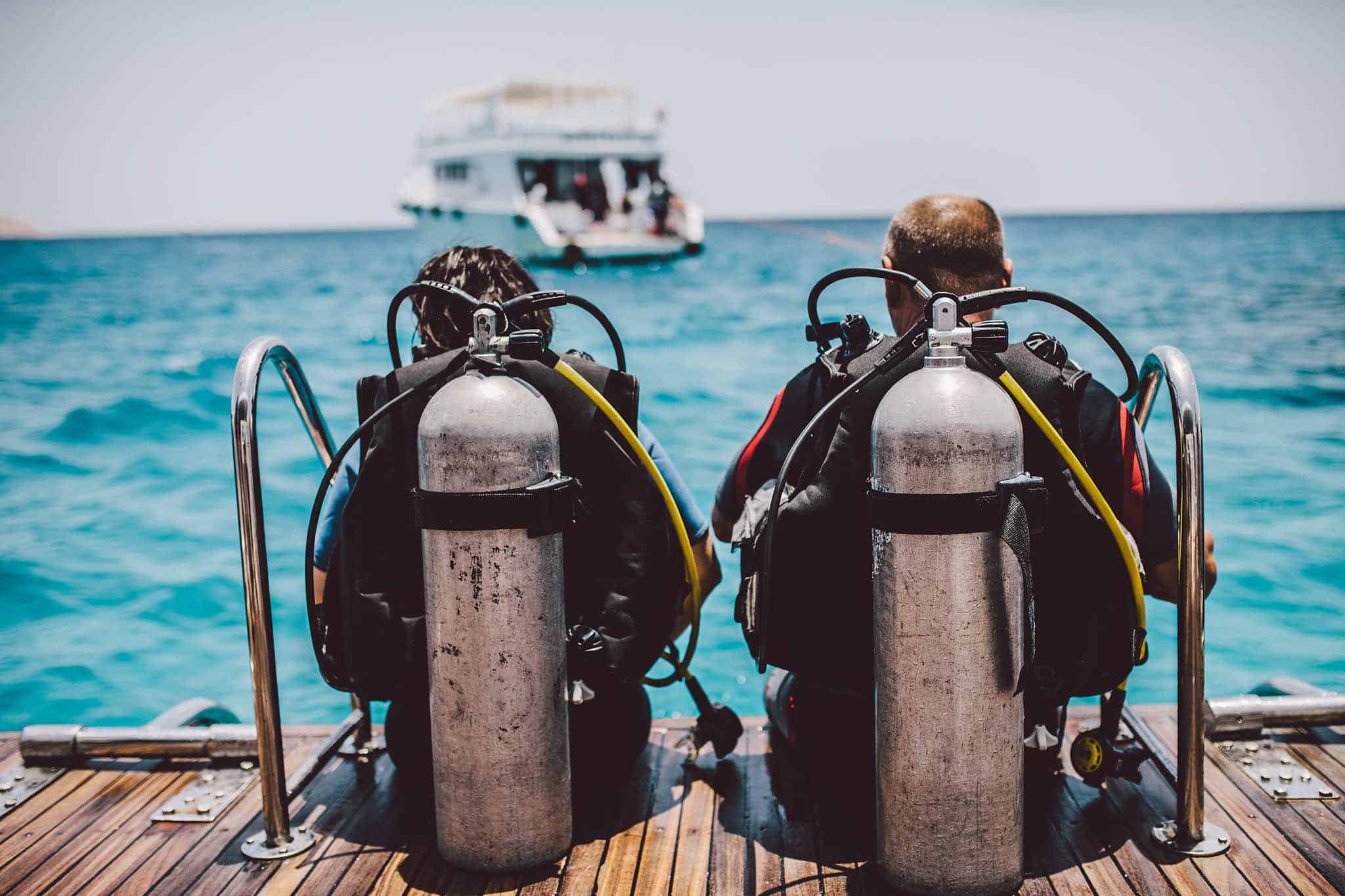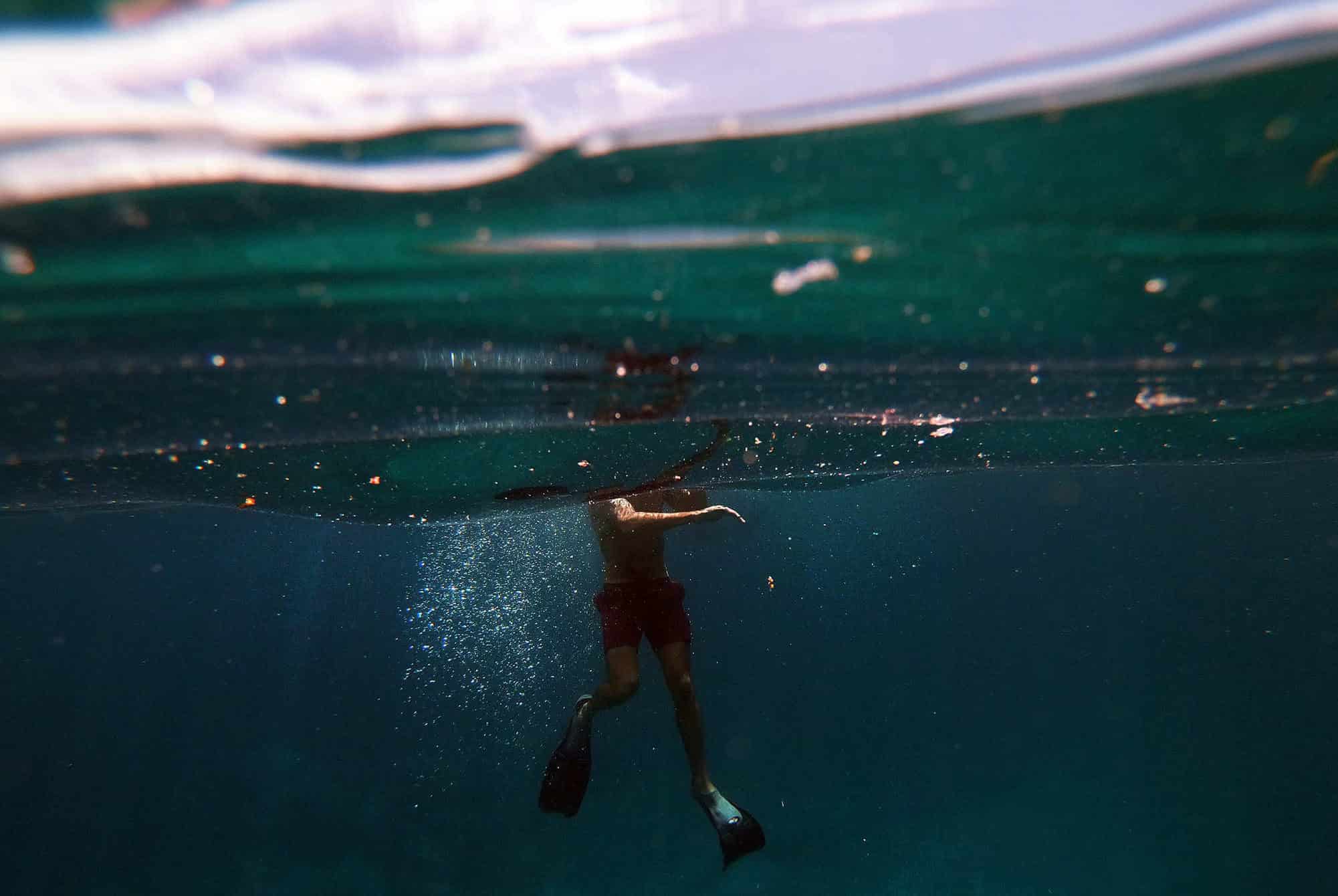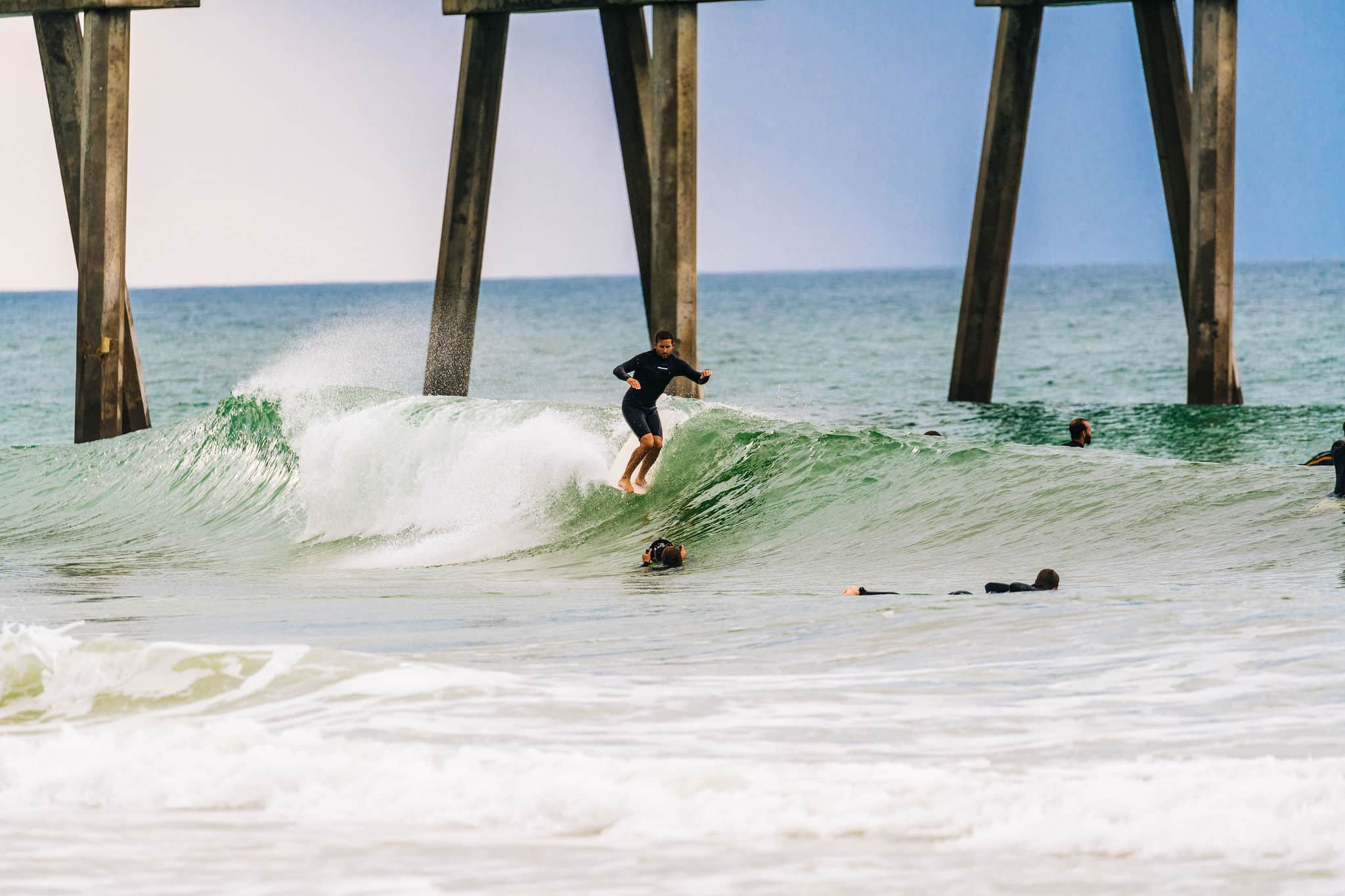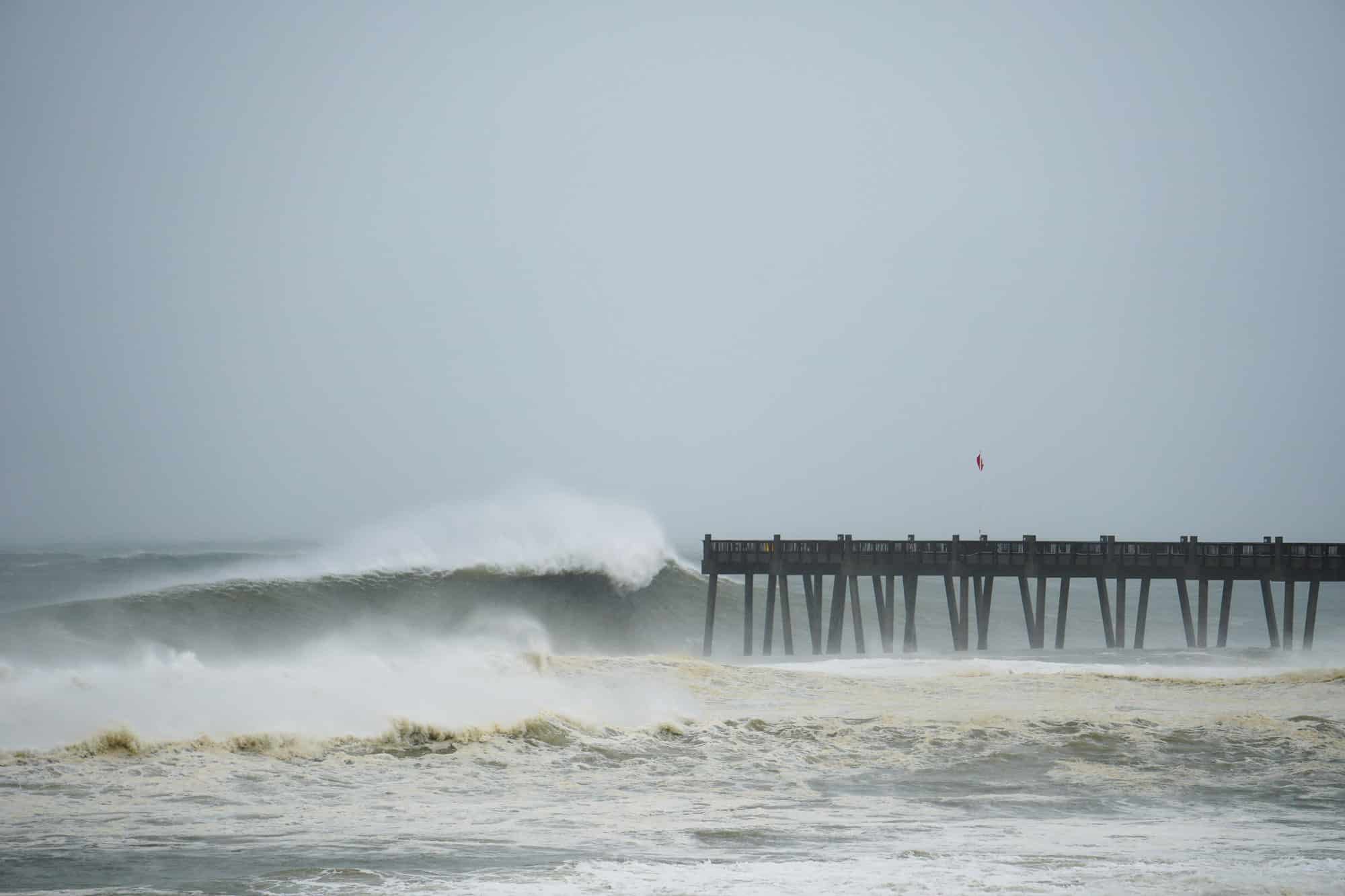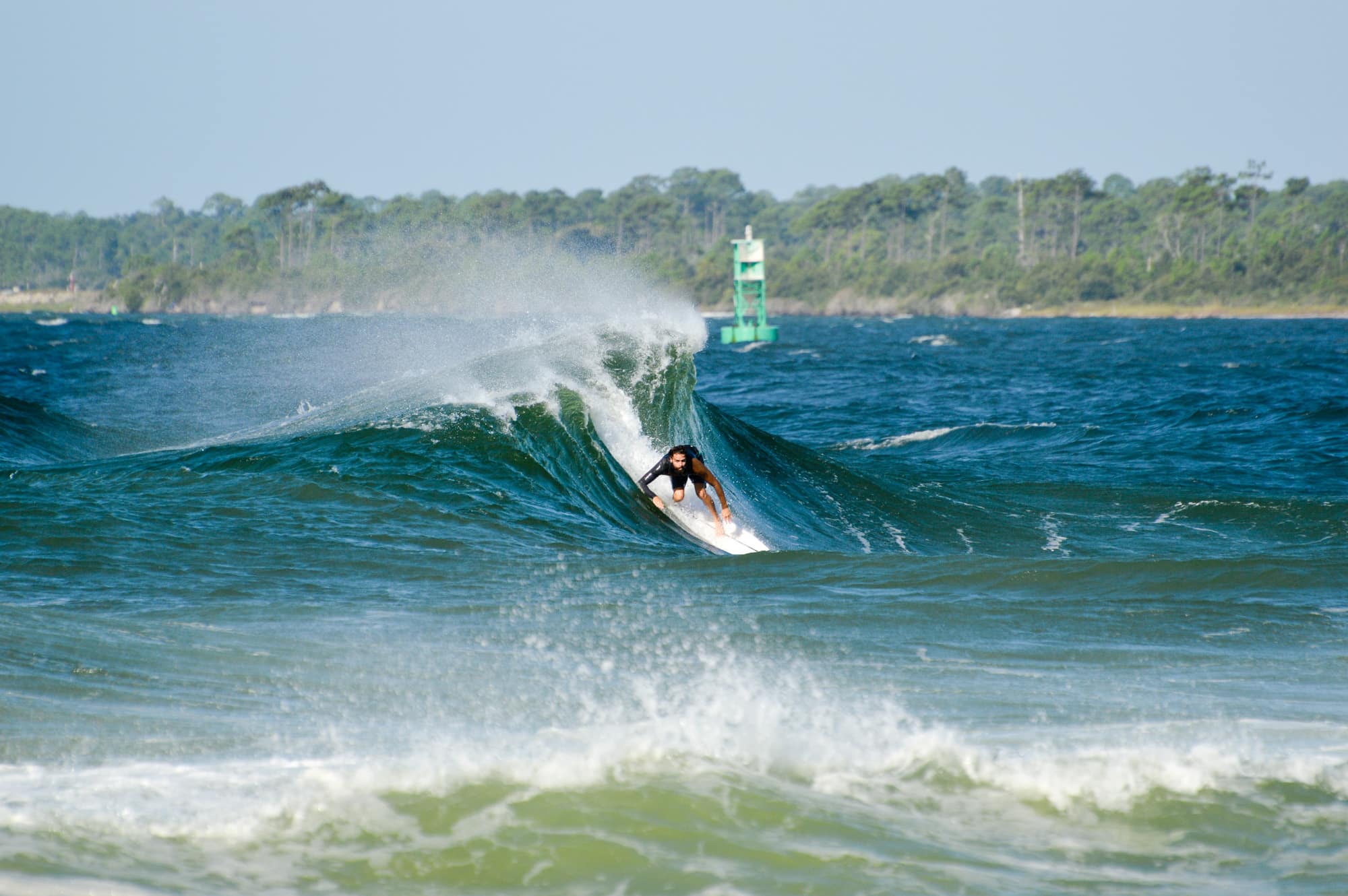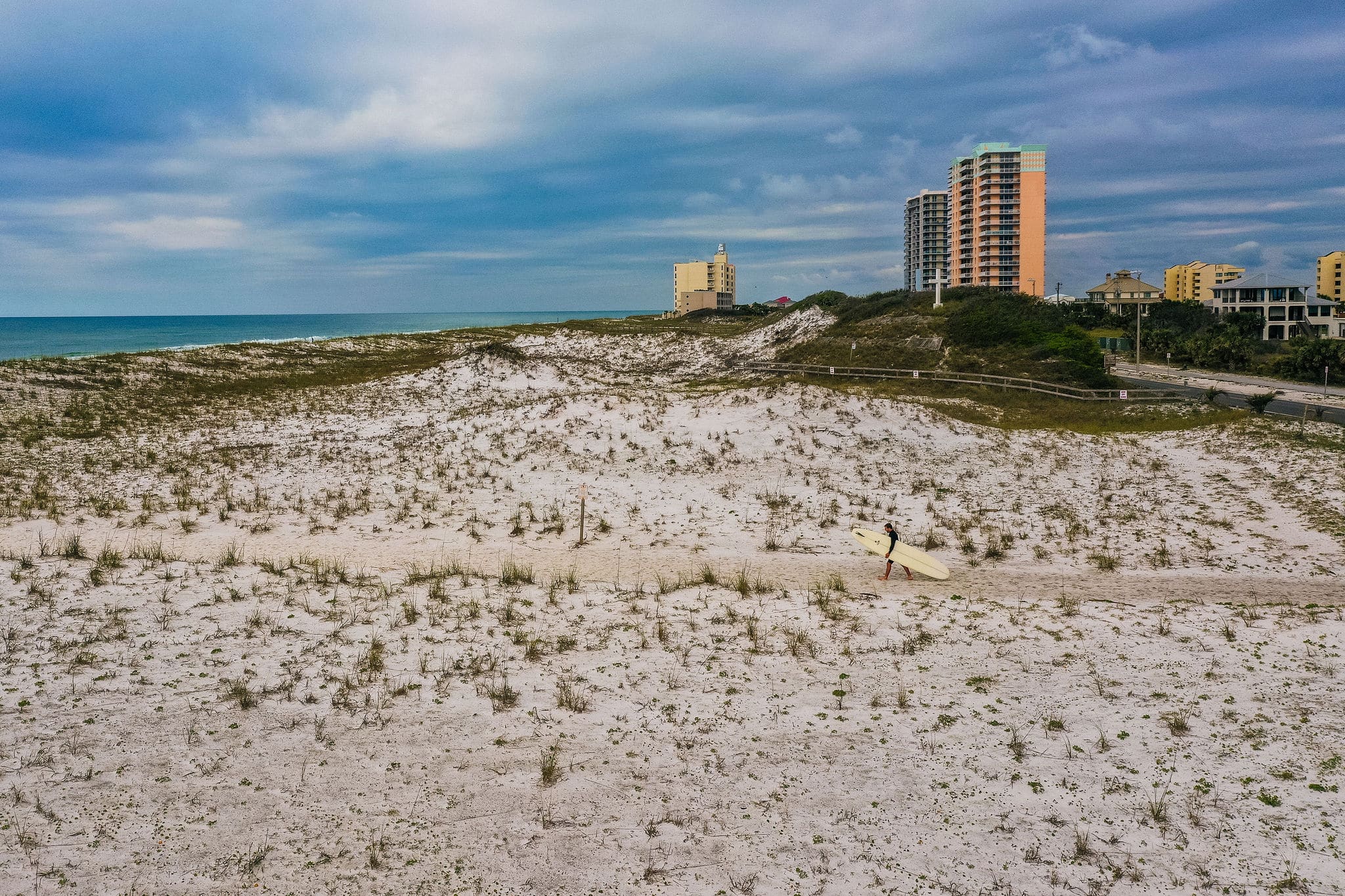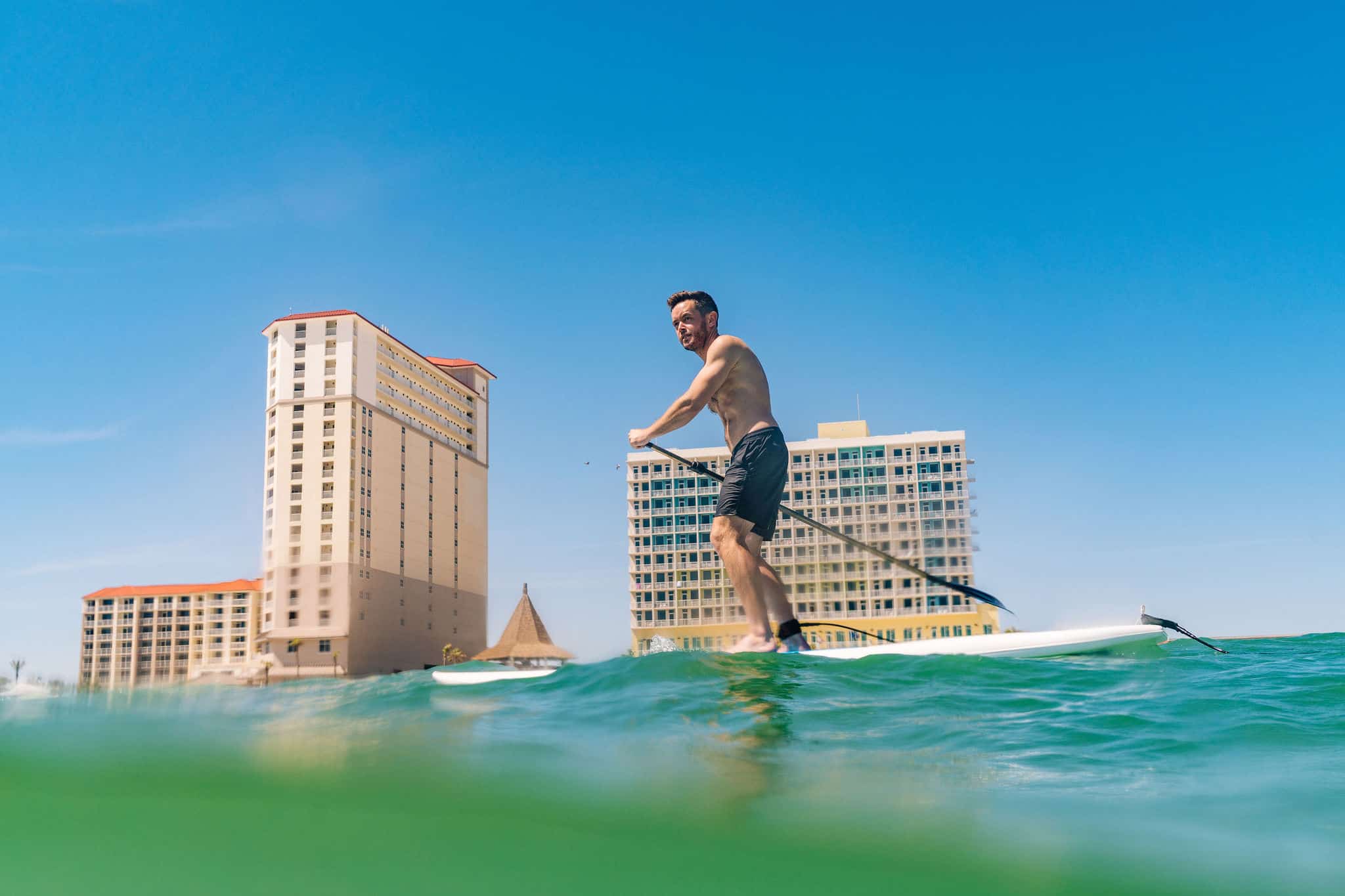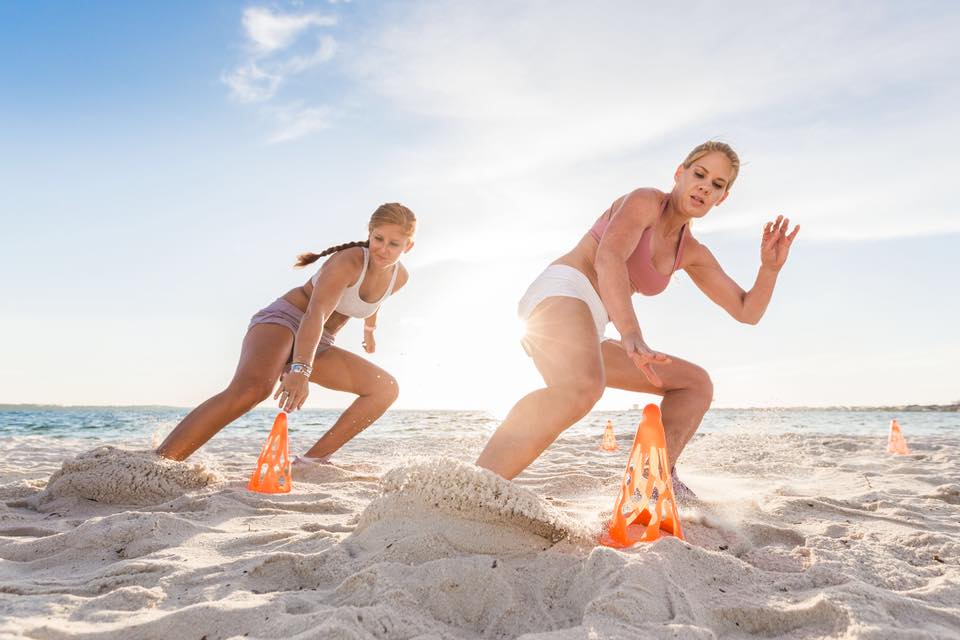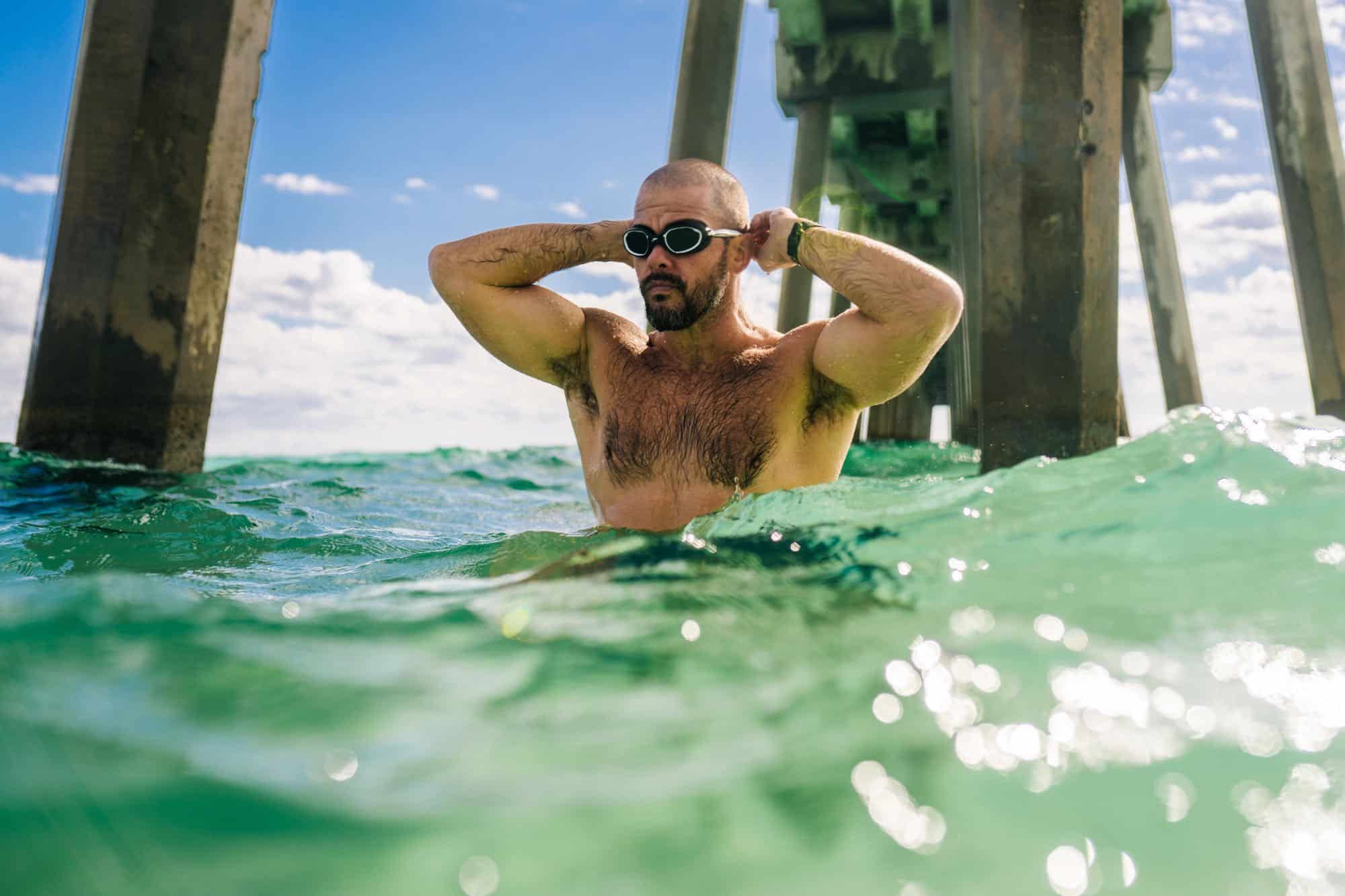Outdoor Adventuring in Pensacola Beach
If adventure’s what you’re after, Pensacola Beach has you covered. Boating, fishing, diving, surfing, biking down trails overlooking our pristine beaches—we’ve got it all. Whether you’re a seasoned pro or a first-timer looking for new experiences, there’s something for everyone in this vibrant resort town.
Fishing
Our gorgeous weather and coastline attract all types of anglers all year long. So we’ve curated some helpful articles, including comprehensive how-to’s and informative guides to help you catch a variety of the region’s staple species. Whether you prefer to cast your rod with toes firmly planted in the sand or you’re up for a fast-paced offshore expedition, we’re here to help.

Diving
A year-round diving destination, our beaches are stocked with an array of marine life from exotic little sea creatures to enormous sea mammals. For scuba experts looking to stamp “Florida Panhandle” on the passport and first-time snorkelers alike, we’re here to make everyone’s experience unforgettable. Jump in here for dive-centric stories and articles, including how-to guides and experiential features.

Surfing
Like everything in Pensacola Beach, the surfing scene is unique. While we may not draw monster waves, our good-to-excellent surf (depending on the season) paired with modern amenities, historical landmarks, friendly people, and tropical temps make for an amazing surf vacation. Check in here for daily conditions and helpful tips sourced by locals who live to ride.

Fitness
With miles of pristine coastline, winding paths, elevated dunes, and abundant waterways, Pensacola Beach is a nature lover’s playground. Whatever your fitness level, you can enjoy your favorite activities amidst beautiful scenery and breathtaking sunsets. From leisurely beach runs to heart-pumping bike races, the world is your oyster. Check out these inspiring ideas to make your holiday a healthy one.




